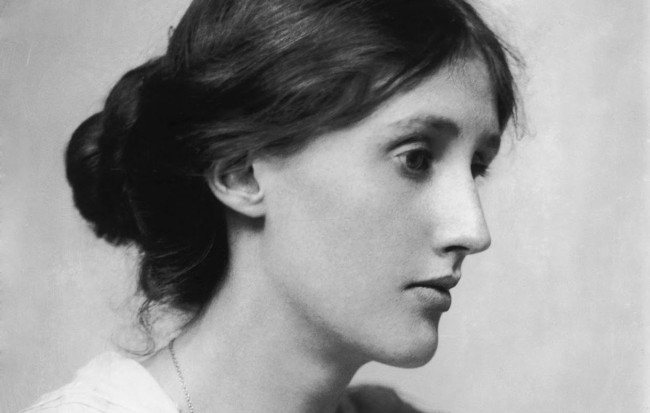Sign up for FlowVella
Sign up with FacebookAlready have an account? Sign in now
By registering you are agreeing to our
Terms of Service
Loading Flow

Virginia Woolf was born Virginia Stephen in 1882 into a prominent and intellectually well-connected family. Her formal education was limited, but she grew up reading voraciously from the vast library of her father, the critic Leslie Stephen.
Her youth was a traumatic one, including the early deaths of her mother and brother, a history of sexual abuse, and the beginnings of a depressive mental illness that plagued her intermittently throughout her life and eventually led to her suicide in 1941.
After her father's death in 1904, Virginia and her sister (the painter Vanessa Bell) set up residence in a neighborhood of London called Bloomsbury, where they fell into association with a circle of intellectuals, "The Bloomsbury Group", that included E.M. Forster. In 1912, Virginia married Leonard Woolf, with whom she ran a small but influential printing press (Hogarth Press). The highly experimental character of her novels, and their brilliant formal innovations (interior monologue) established Woolf as a major figure of British modernism.
Her novels, which include To the Lighthouse, Mrs. Dalloway, Orlando and The Waves, are particularly concerned with the lives and experiences of women.
In October 1928, Virginia Woolf was invited to deliver lectures at Newnham College and Girton College, which at that time were the only women's colleges at Cambridge. These talks, on the topic of Women and Fiction, were expanded and revised into A Room of One's Own, which was printed in 1929. The title has become a virtual cliché in our culture, a fact that testifies to the book's importance and its enduring influence. Perhaps the single most important work of feminist literary criticism, A Room of One's Own explores the historical and contextual contingencies of literary achievement.
VIRGINIA WOOLF's life and works.

Mrs Dalloway
To The Lighthouse